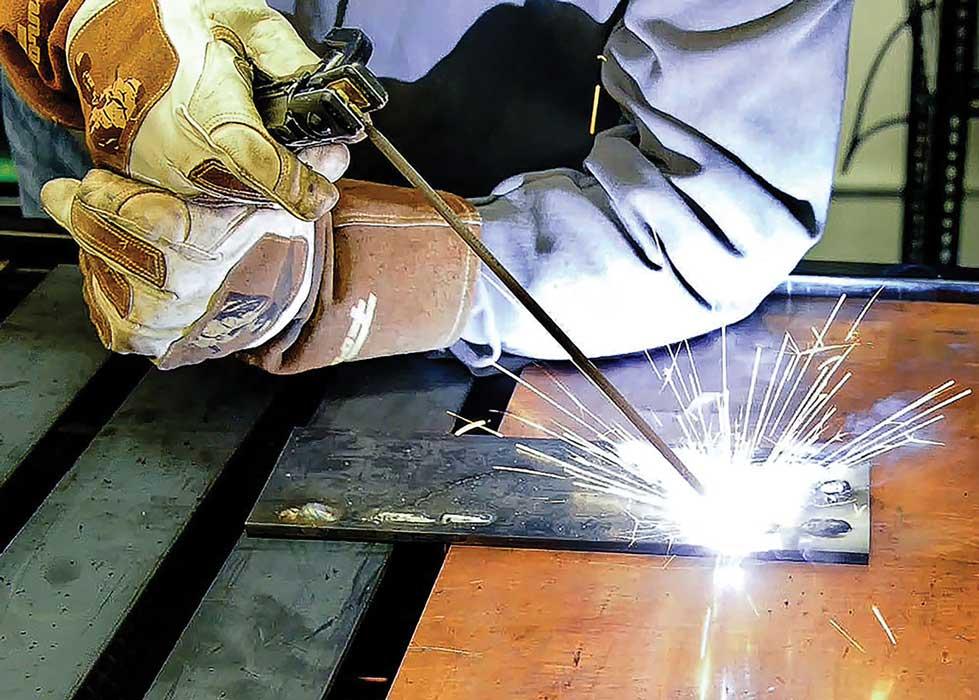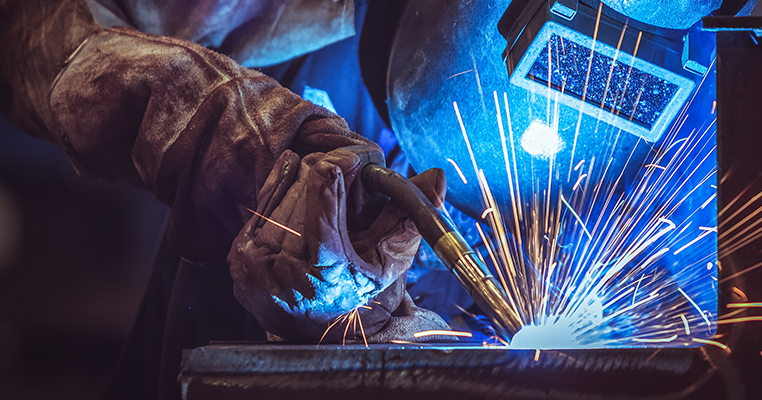The Ultimate Guide to Welding WPS Procedures: A Thorough Summary for Welders
In the complex world of welding, Welding Procedure Specifications (WPS) work as the foundation of guaranteeing top quality, uniformity, and security in welding procedures. Comprehending the subtleties of creating, executing, and keeping an eye on WPS procedures is crucial for welders looking to boost their craft and meet sector criteria. As we dig right into the various parts of a WPS and explore the details of qualification and qualification, we will certainly reveal the vital duty these procedures play in the realm of welding. Allow's get started on a trip to untangle the complexities and value of WPS procedures in welding techniques.
Relevance of WPS Procedures
Understanding the value of Welding Procedure Specifications (WPS) procedures is critical for ensuring the top quality and stability of bonded frameworks. WPS treatments function as a roadmap for welders, describing the needed actions, parameters, and materials called for to achieve an audio weld. By adhering to WPS standards, welders can make sure consistency in their job, bring about dependable and structurally audio welds.
One of the key reasons that WPS treatments are necessary is their role in keeping weld top quality and integrity. Complying with the specified welding specifications and techniques detailed in the WPS helps prevent problems such as porosity, breaking, or insufficient fusion, which can compromise the strength and toughness of the weld. Furthermore, WPS treatments are crucial for making sure conformity with sector criteria and codes. By adhering to established WPS standards, welders can demonstrate that their job fulfills the necessary requirements for security and top quality, providing assurance to customers, inspectors, and governing bodies. In essence, the importance of WPS procedures can not be overemphasized, as they are fundamental to achieving constant, top quality welds that meet market criteria and requirements.

Parts of a WPS
A Welding Treatment Requirements (WPS) generally makes up essential elements that information the particular requirements for executing a weld, making sure uniformity and high quality in the welding process. The crucial parts of a WPS consist of crucial variables such as base metals, filler steels, interpass and preheat temperatures, welding procedures, shielding gases, welding placements, and post-weld warm therapy demands.
Base steels refer to the materials being joined, while filler metals are used to fill the gap in between the base metals throughout welding. The welding process outlines the specific method to be used, whether it's gas steel arc welding (GMAW), secured metal arc welding (SMAW), or an additional approach. Welding settings specify the alignments in which welding can be performed.

Certification and Qualification
Having established the important elements of a Welding Procedure Requirements (WPS), the emphasis currently shifts towards the crucial elements of qualification and certification in welding practices.

Accreditation, on the other hand, is the formal acknowledgment of a welder's qualifications by an appropriate accreditation body or company. Welding accreditations are generally based on the certain welding procedures, products, and positions a welder is check my source qualified to collaborate with. Holding a legitimate welding certification demonstrates that a welder fulfills sector criteria and is proficient to carry out welding tasks to the needed specifications.
Producing a WPS
To develop a Welding Procedure Requirements (WPS) that meets market requirements, mindful consideration of welding procedures, products, and operational specifications is crucial. The initial action in producing a WPS is to recognize the welding process to be utilized, such as gas steel arc welding (GMAW) or protected metal arc welding (SMAW)

Applying and Keeping Track Of WPS
Upon wrapping up the comprehensive Welding Treatment Spec (WPS) that thoroughly details welding procedures, materials, functional criteria, and quality assurance measures, the emphasis changes to successfully executing and keeping an eye on the established treatments. Implementation includes making certain that all welders included in the task are acquainted with the WPS and follow it carefully during the welding procedure. Reliable execution and tracking of the WPS are crucial for making sure the integrity, strength, and safety of the welded joints, ultimately contributing to the total success of the welding job.
Final Thought
To conclude, understanding and following Welding Procedure Specs (WPS) is crucial for welders to make certain high quality, consistency, and safety and security in their job. By understanding the elements of a WPS, obtaining correct credentials and qualifications, producing in-depth treatments, and applying and monitoring them successfully, welders can enhance their abilities and effectiveness in welding methods. Following WPS procedures is important for creating high-grade welds and conference market standards.
In the elaborate world of welding, Welding Procedure Specifications (WPS) serve as the backbone of making certain quality, uniformity, and security in welding procedures. The welding process describes the certain strategy to be utilized, whether it's gas steel arc welding (GMAW), shielded metal arc welding (SMAW), or an additional approach.To establish a Welding Procedure Spec (WPS) that fulfills market criteria, mindful consideration of welding procedures, materials, and operational parameters is crucial. The first action in developing a WPS is to determine link the welding procedure to be utilized, such as gas metal arc welding (GMAW) or secured steel find this arc welding (SMAW)Upon wrapping up the detailed Welding Procedure Requirements (WPS) that carefully information welding procedures, products, functional parameters, and quality assurance actions, the focus changes to efficiently applying and monitoring the recognized procedures.